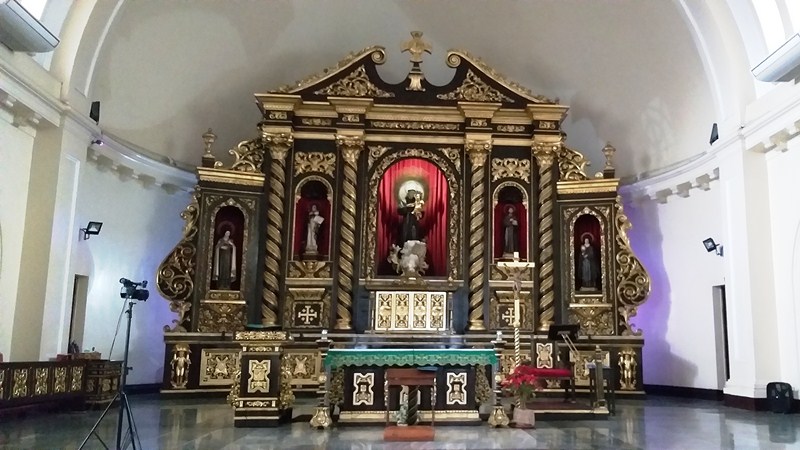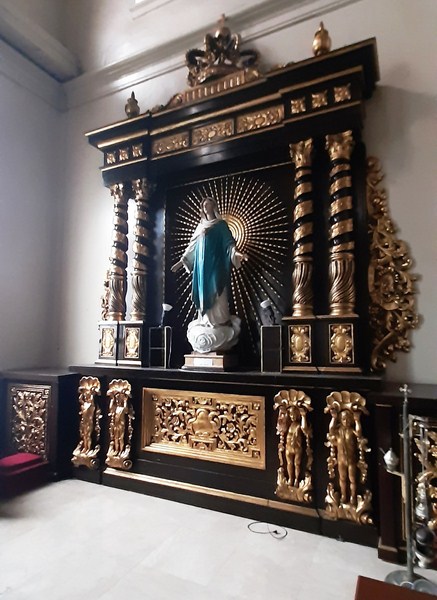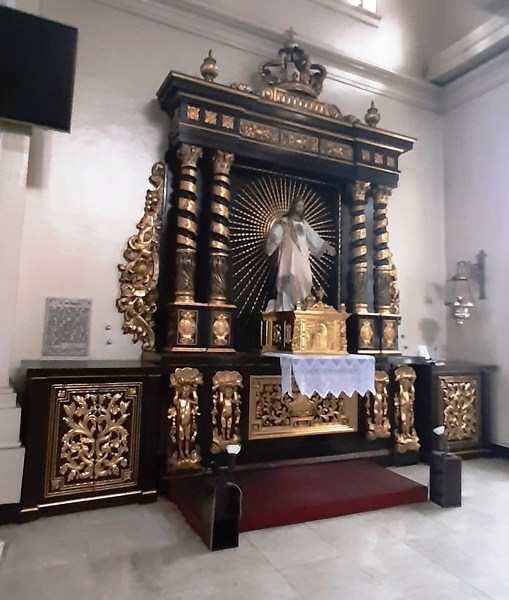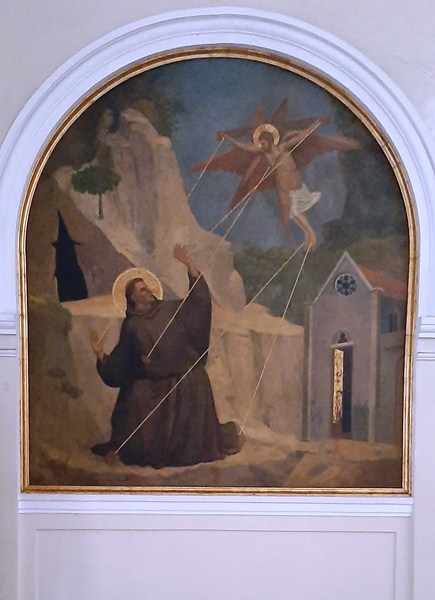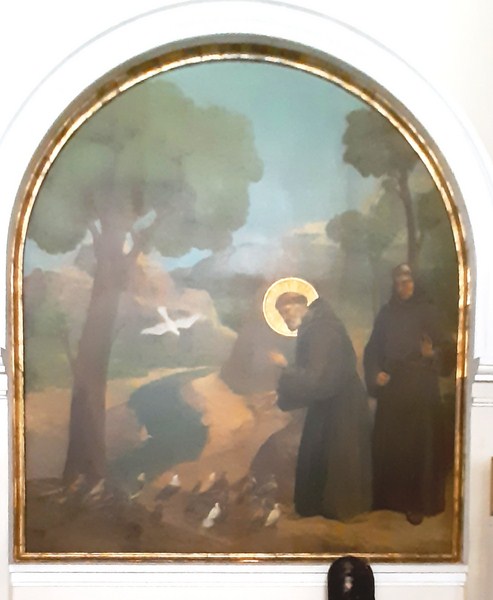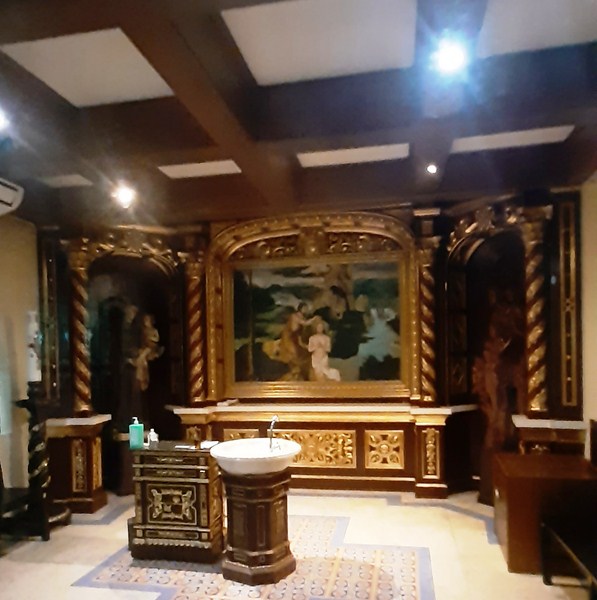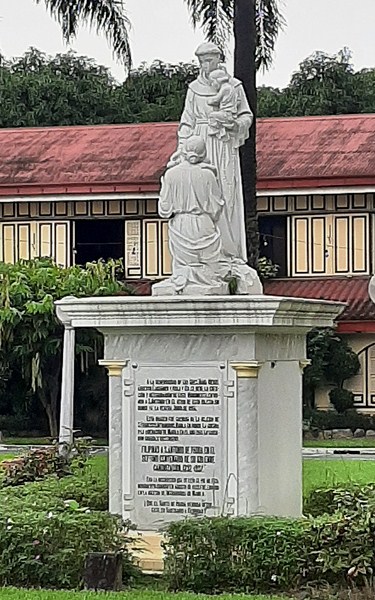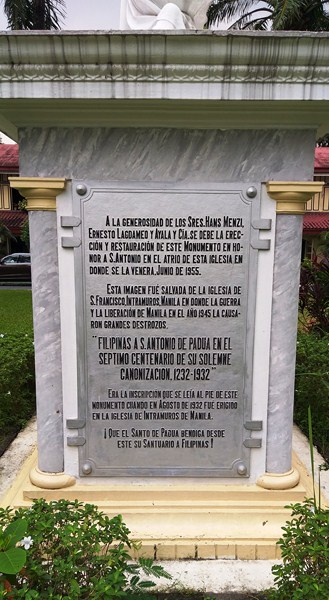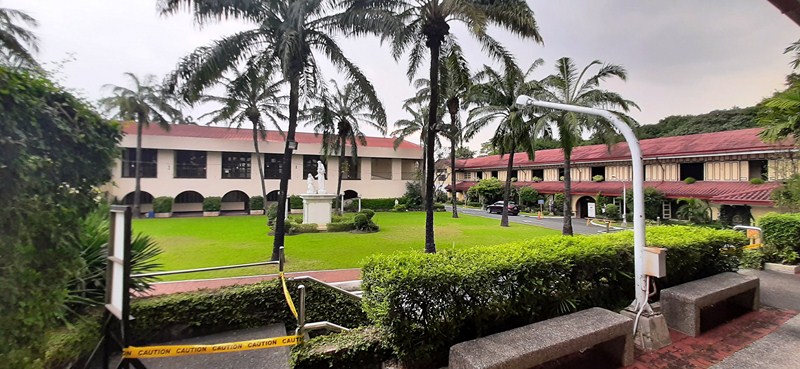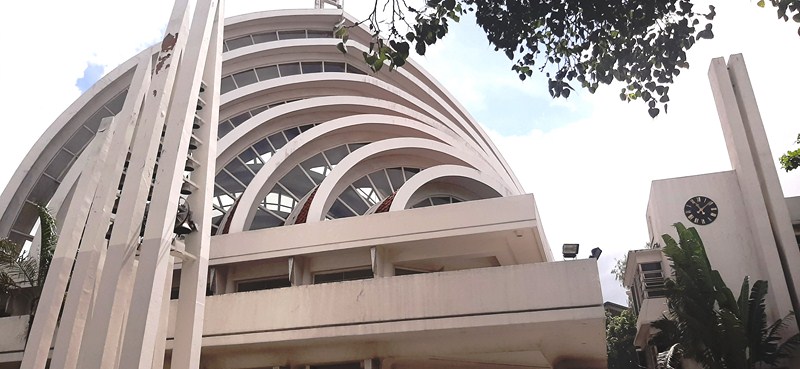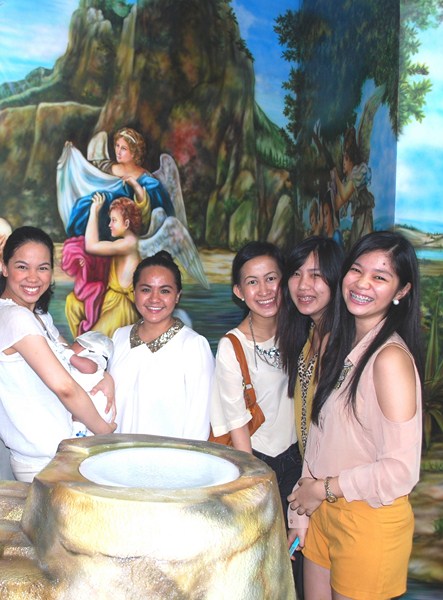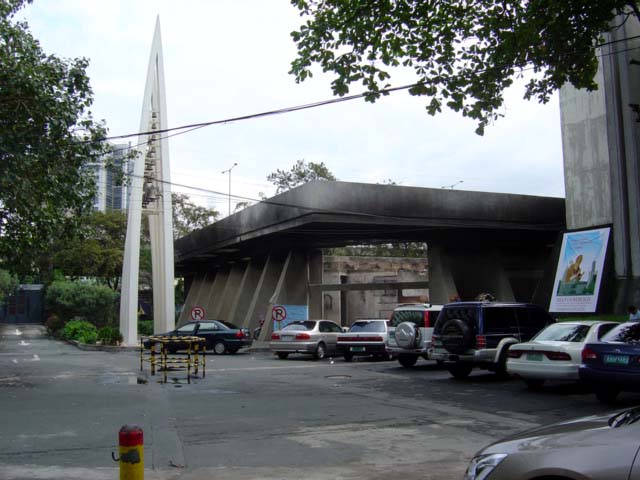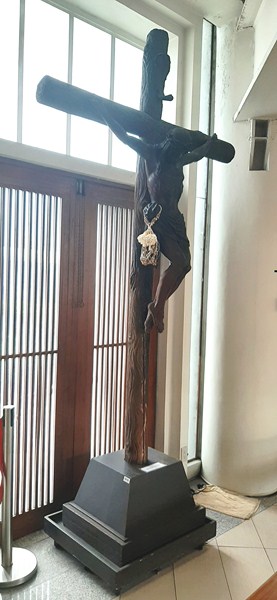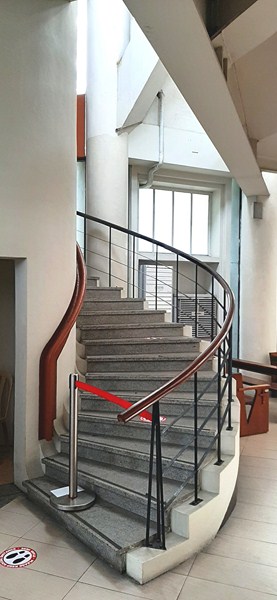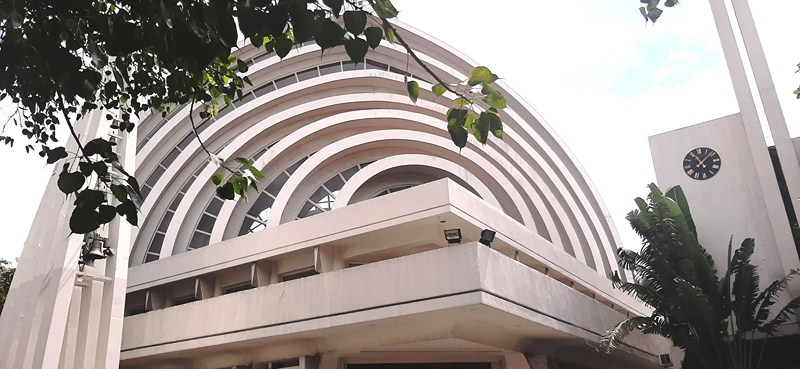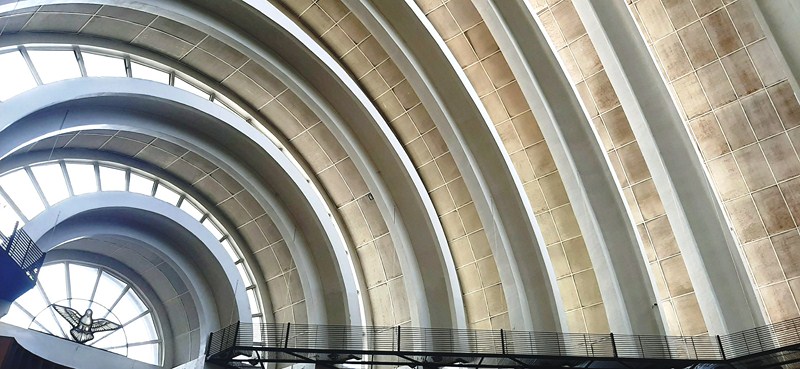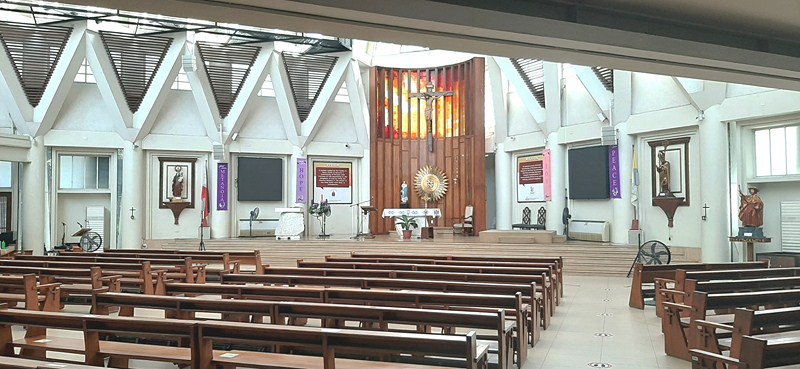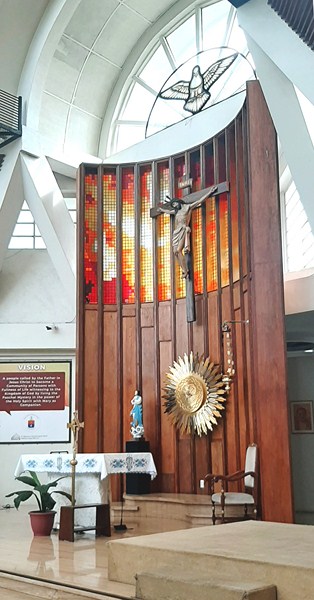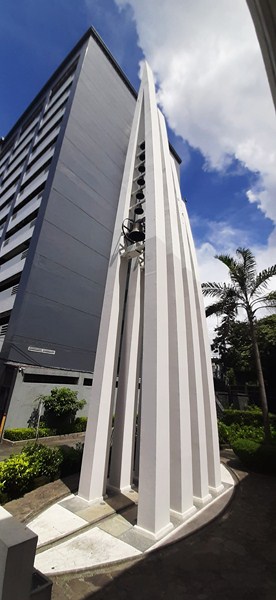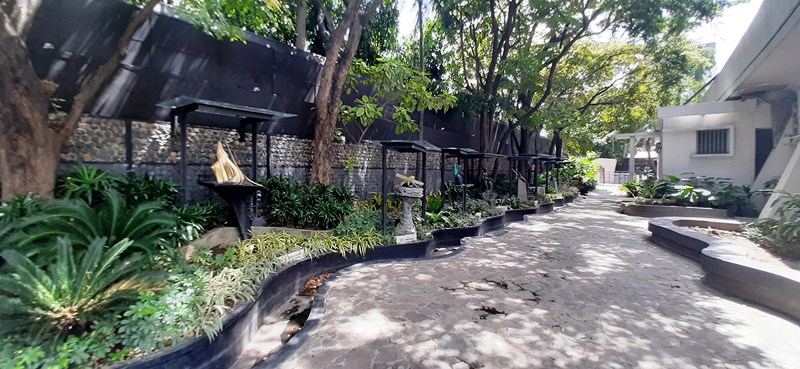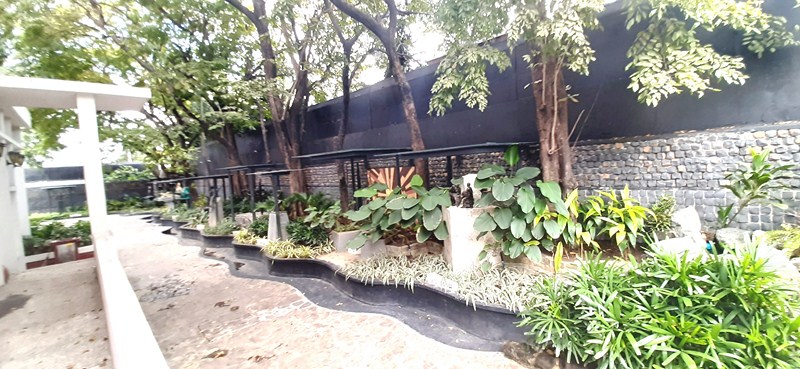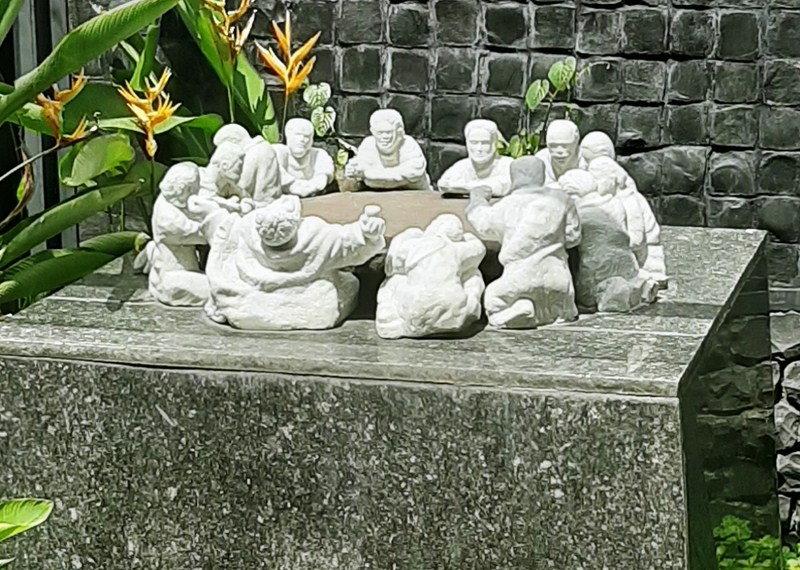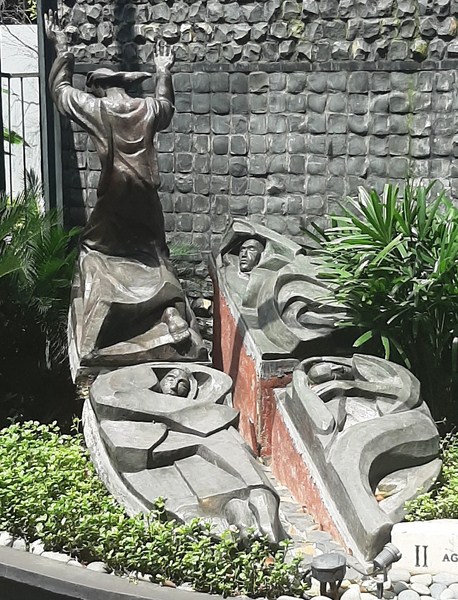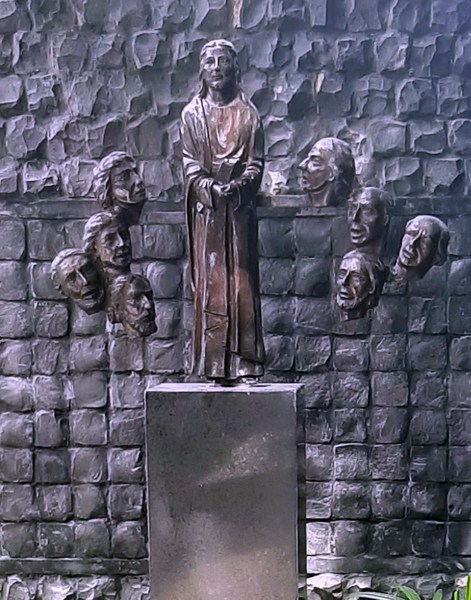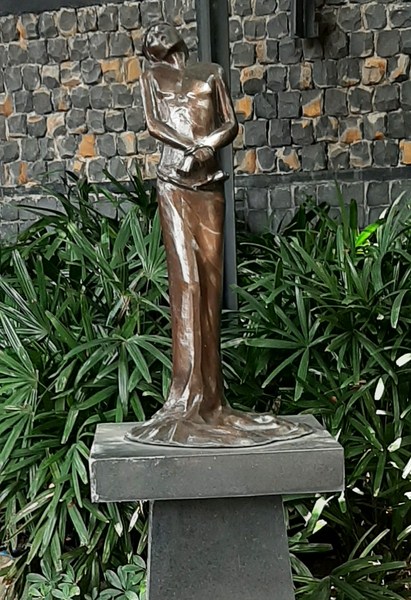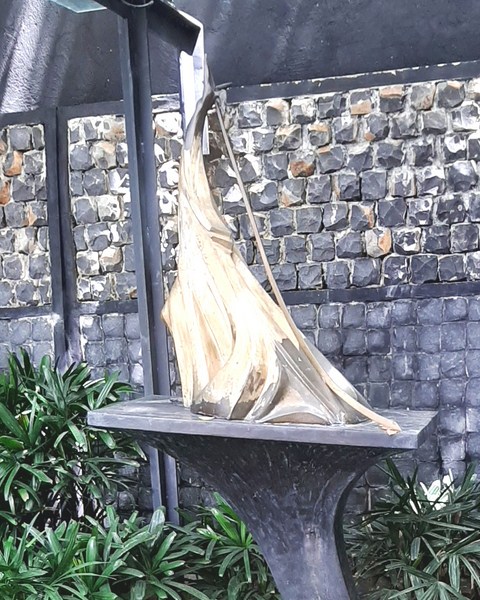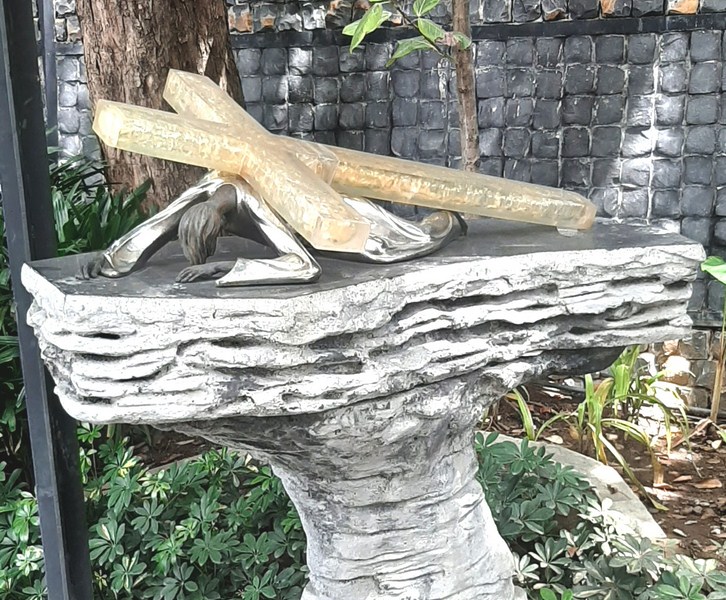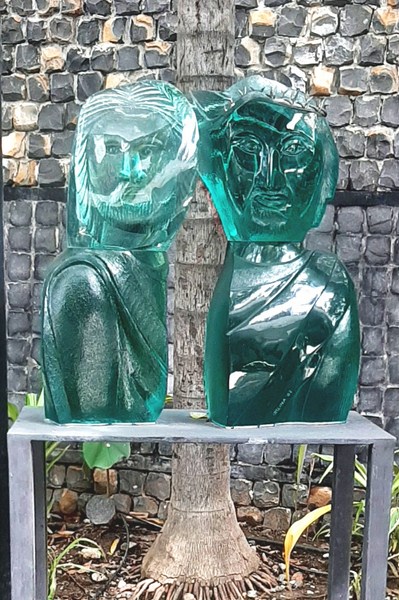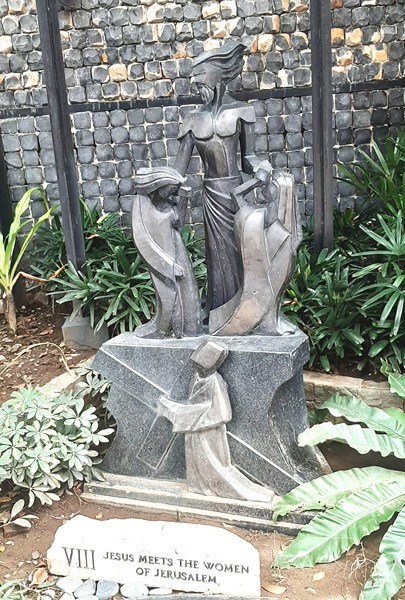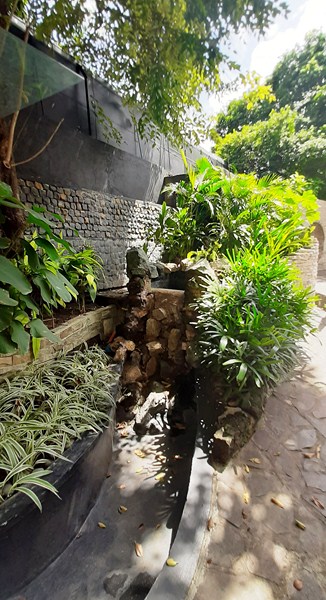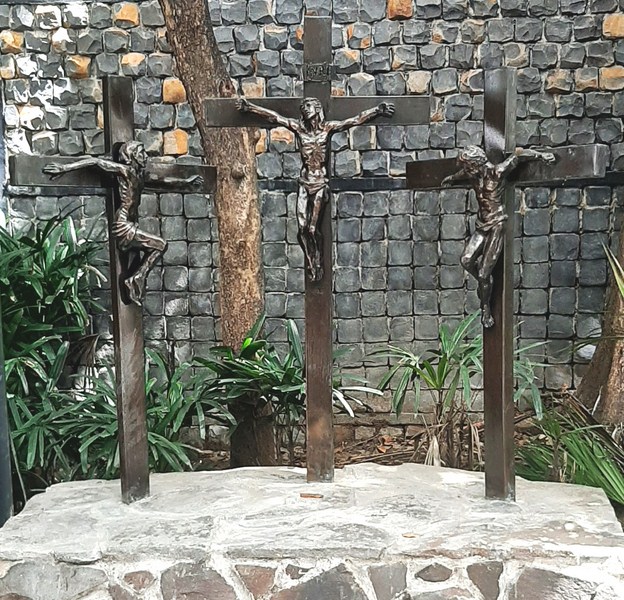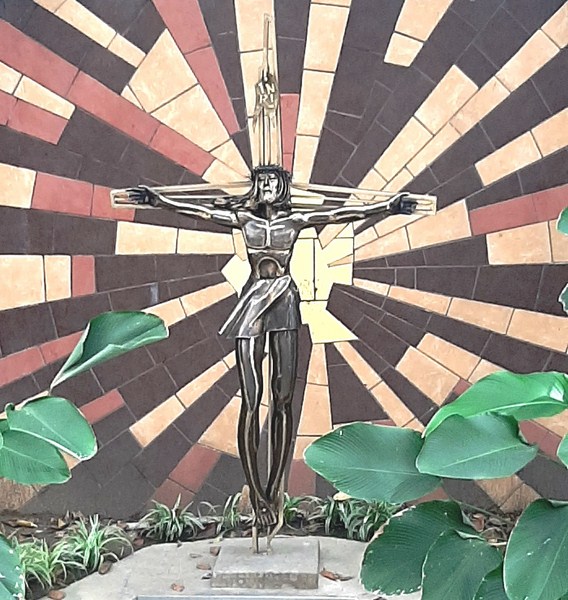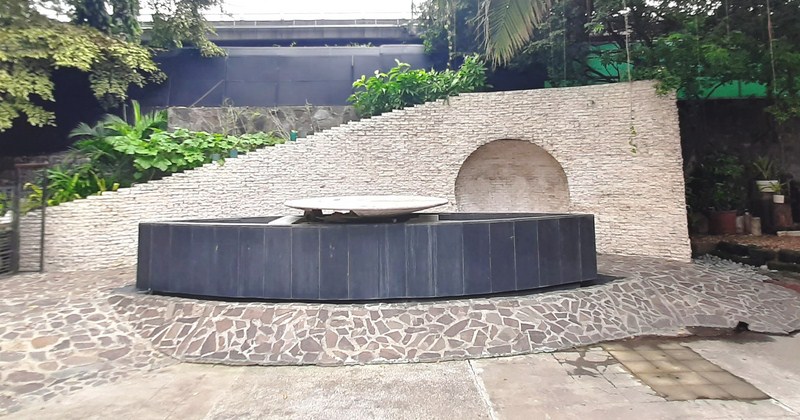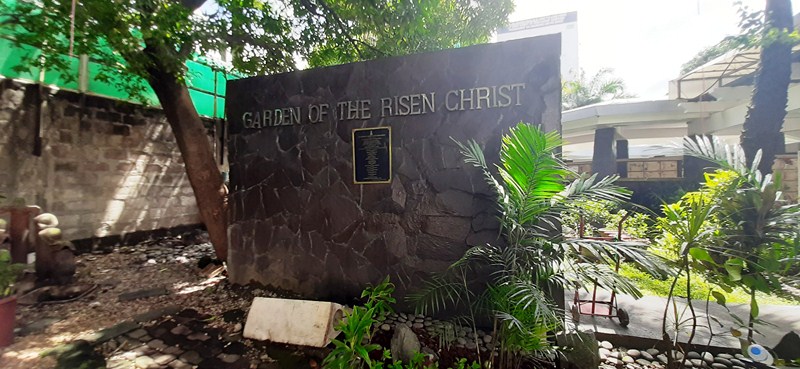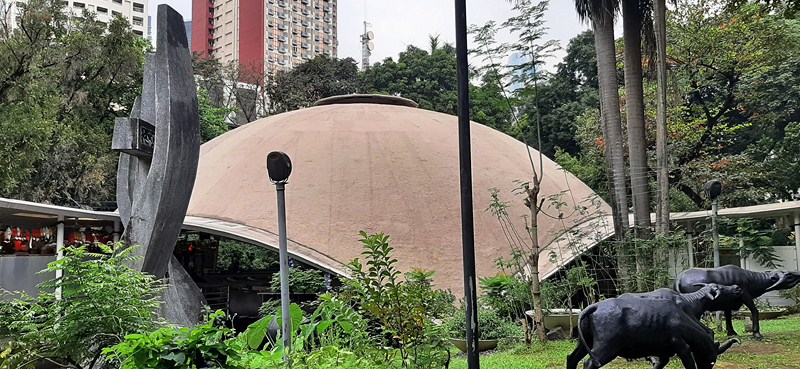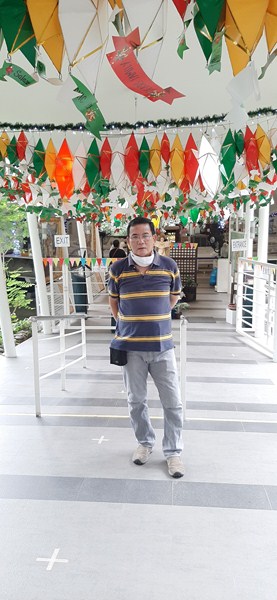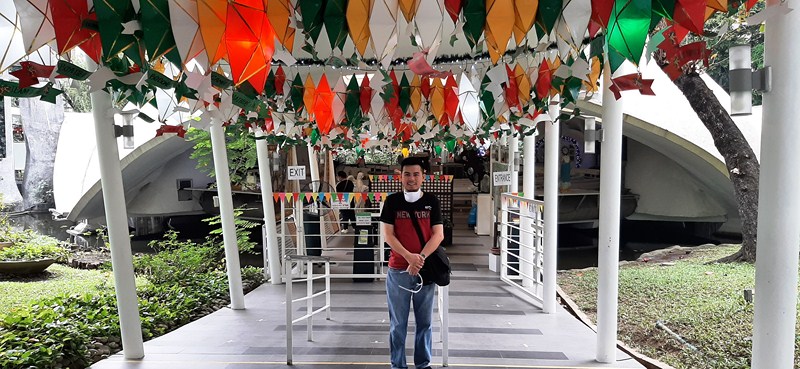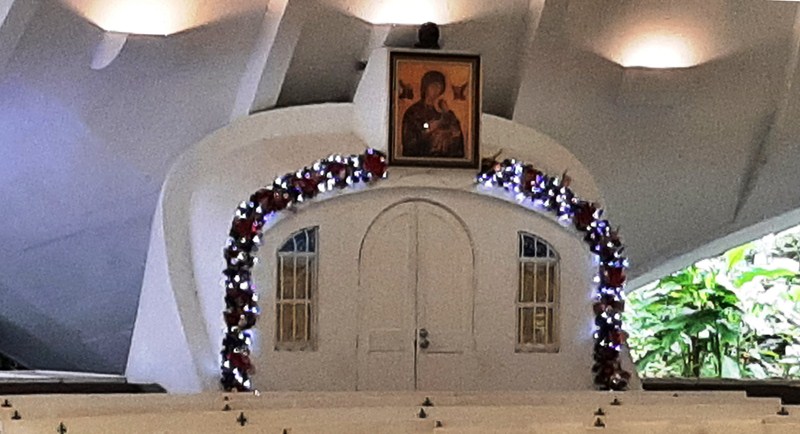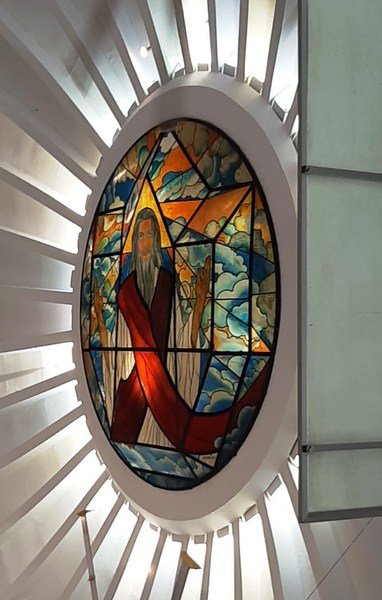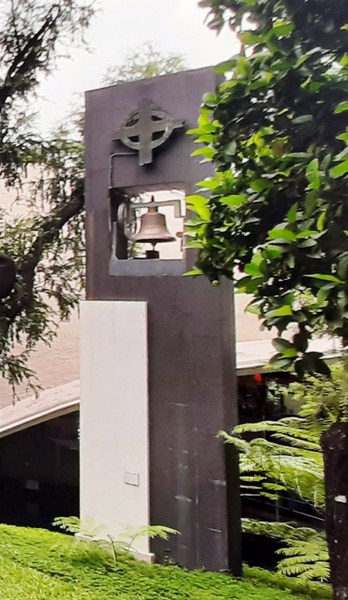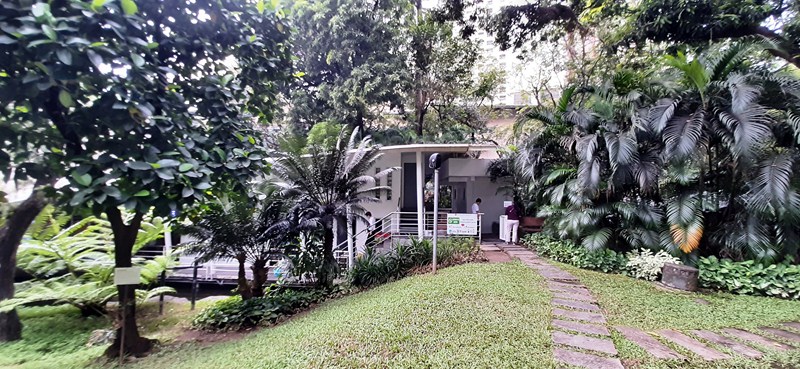The Sanctuario de San Antonio, in the heart of upscale Makati City, was built by the Franciscans after the San Francisco de Asis Church, their mother church in Intramuros was destroyed during the 1945 liberation of Manila in World War II.
The Baroque-style church was built on 2 hectares of once-idle grassland in Forbes Park that was donated by Joseph McMicking of Ayala Corporation (the pioneer behind the rise of Makati as the country’s premier financial district that it is today) in July 17, 1951.
On August 24, 1951, the Most Rev. Gabriel M. Reyes, Archbishop of Manila, granted permission for the church’s construction and, August 1, 1951, the cornerstone was laid.
Built in the Californian Mission style, the church was completed and blessed by the Most Rev. (later cardinal) Rufino Santos, Archbishop of Manila, on December 8, 1953 and was given the name Santuario de San Antonio.
The late National Artist Fernando Amorsolo was commissioned to create the pair of hand-painted mural paintings, based on the paintings done in the 13th century by the Italian artist Giotto for the Basilica of St. Francis in Assisi, located on opposite sides near the church entrance.
One painting, The Stigmatization of St. Francis depicts the stigmata or the wounds of Christ received by St. Francis of Assisi (the founder of the Franciscans Order) while the other is The Sermon of the Birds which depicts St. Francis and another preaching to the birds.
On August 26, 2014, a contract agreement was signed with the Roberto M. Lopez Conservation Center of the Lopez Museum for the art restoration of these two works of art. The restoration was completed in 2015.
The nearly 70 old church features cross-shaped layout with a dome-shaped ceiling.
A century-old statue of St. Anthony of Padua (after whom the church is dedicated), a war survivor from the patio of the original San Francisco Church in Intramuros, can be found in the central plaza between the church and the multipurpose hall.
Aside from masses, the church is now a popular venue for weddings (especially for couples belonging to some of the country’s most influential families) in the Makati area.
Santuario De San Antonio Church: 3117 McKinley Rd, Forbes Park, Makati City 1220, Metro Manila. Tel: (632) 8843-8830 to 31. Website: www.ssaparish.com. Feast of St. Anthony of Padua: June 13.




